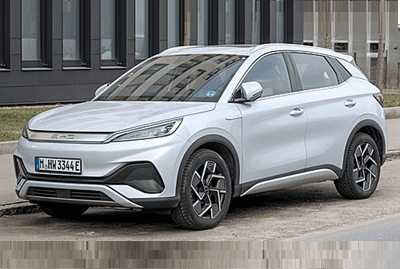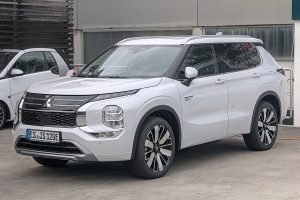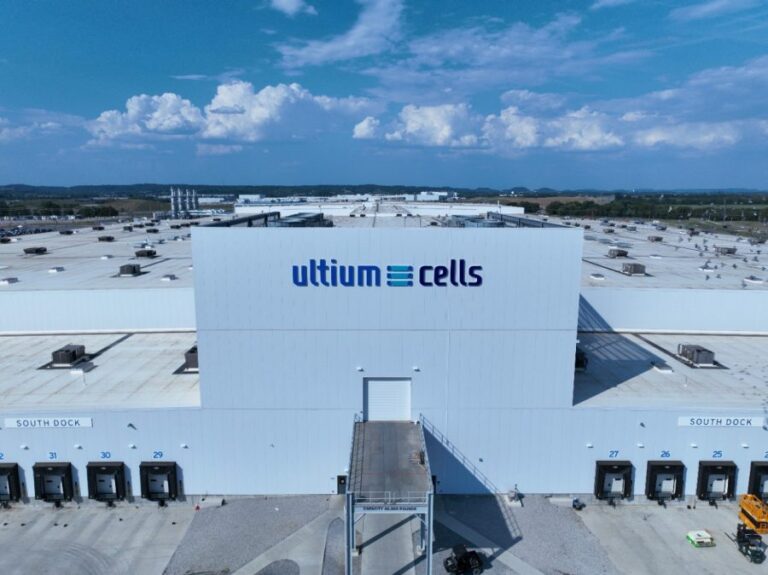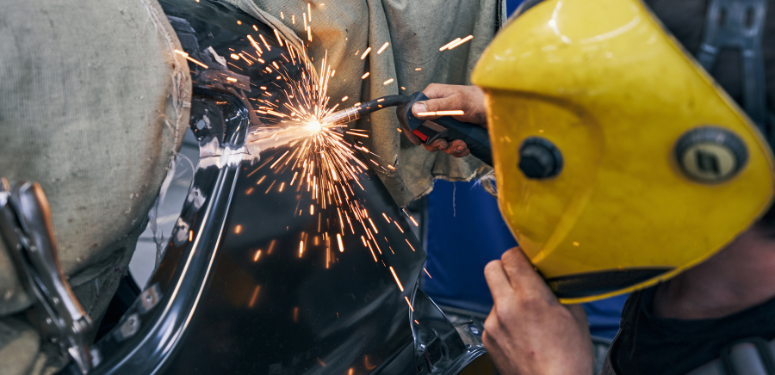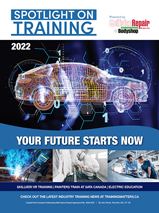Toronto, Ontario — In this week’s EV/AV report, electric range tests go awry down under, two OEMs enter a partnership and a popular pizza chain hires a team of robotic servers to slice through the competition.
Falling short
Five EVs had OEM claims about range put to the test by the Australian Automobile Association. All of the vehicles failed to reach their advertised distances before running out of electricity. The distance varied between 5 percent and 23 percent less range than advertised. The BYD Atto 3 (pictured) was the farthest off with a range of 111 km. The Tesla’s Model 3 and Y, and the Kia EV6, also underperformed, while the Smart #3 came closest to expectations.
Ride or Die
General Motors and Hyundai entered a landmark partnership on August 6, 2025, to co-develop five new vehicles. Four are to be hybrid models, including a compact SUV, a sedan, a full-sized pickup truck and a mid-size pickup. The models are being aimed at Latin America. Another model, a fully electric commercial van, will also be developed for North America. Production is expected to hit 800,000 units per year once fully ramped up. The deal allows Hyundai greater access to U.S. markets and GM the ability to use hybrid tech.
Server Error
Pizza chain Little Caesars and Uber Eats are teaming up with a robotics firm, Serve Robotics. On August 5, 2025, the trio of businesses launched autonomous sidewalk robot deliveries for HOT‑N‑READY pizzas in Los Angeles. The third‑generation Serve robots, designed for food delivery, use cargo bins capable large enough to transport four large 16‑inch pizzas, Caesar Wings, Italian Cheese Bread, and beverages while keeping them hot and intact. This move expands Serve’s presence across Uber Eats—already operating in Miami, Dallas, Atlanta, and Los Angeles — with more U.S. cities on the roadmap, aiming for up to 2,000 bots deployed by year-end.
Reaping what’s Sowed
Agricultural equipment manufacturer John Deere is deploying driverless version of its 8R tractor in the southern U.S. The vehicles are able to till fields without human interference. The system, announced in August 2025, uses artificial intelligence, stereo cameras and GPS to steer, detect obstacles and stay within one inch of its planned route. The kit can be retrofitted to any 8R built since 2020.



